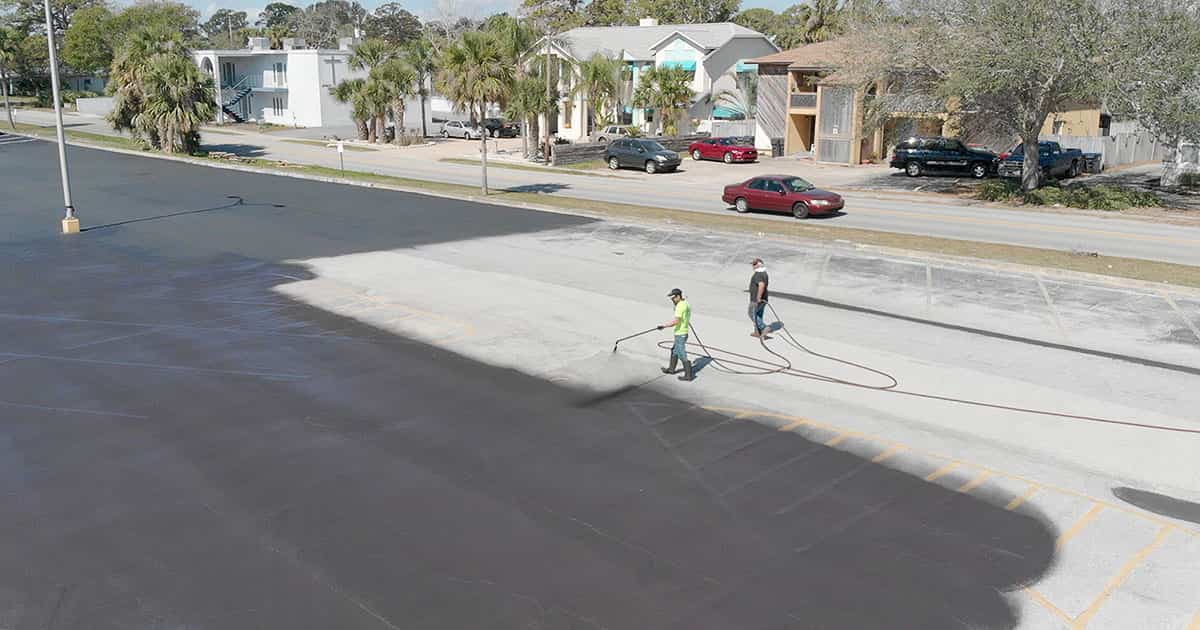Hot Mix Asphalt: A Lasting Service for Pavement
Warm Mix Asphalt (HMA) has actually emerged as a leading lasting selection for sidewalk options, using a myriad of ecological benefits and cutting-edge technologies. As the need for environment-friendly construction practices grows, discovering the subtleties of HMA's sustainability can provide beneficial insights right into the future of pavement solutions.
Environmental Benefits of Warm Mix Asphalt

Furthermore, Hot Mix Asphalt assists to reduce city heat island impacts. Its dark color soaks up sunlight, minimizing the quantity of warm showed back into the environment contrasted to lighter-colored sidewalks. This can decrease ambient temperature levels in city areas, reducing the need for a/c and inevitably reducing power consumption.
On top of that, Warm Mix Asphalt contributes to boosted stormwater monitoring. Its porous nature allows water to penetrate the sidewalk and reenergize groundwater materials, reducing runoff and the danger of flooding. These ecological advantages make Hot Mix Asphalt a lasting option for paving highways and roadways.
Energy Effectiveness in HMA Manufacturing
Is power performance an important variable in the production of Warm Mix Asphalt (HMA)? Energy plays a significant function in the production of HMA, affecting both cost and environmental sustainability. One key facet of energy efficiency in HMA manufacturing is the use of cozy mix asphalt (WMA) innovations.
Furthermore, developments in plant innovations have resulted in even more energy-efficient HMA manufacturing procedures. Modern plants are developed with functions like recycled asphalt pavement (RAP) processing capabilities, effective burner systems, and boosted insulation, all adding to power cost savings. By enhancing power use in HMA production, the market can lower its carbon footprint while keeping high-grade pavement materials. Power efficiency is, for that reason, an essential consideration in ensuring the sustainability of Hot Mix Asphalt manufacturing.
Recyclability of Hot Mix Asphalt
The recyclability of Warm Mix Asphalt (HMA) is a crucial element of its sustainability and long-term environmental effect. HMA is among the most recycled products in the United States, with over 100 million lots of redeemed asphalt sidewalk (RAP) being reused each year in brand-new sidewalk construction. Recycling HMA supplies several ecological benefits, such as decreasing the requirement for virgin products, reducing power consumption throughout manufacturing, and reducing the quantity of waste sent out to landfills.
The procedure of recycling HMA entails grating the existing pavement, crushing it into smaller pieces, and mixing it with new aggregate and asphalt binder to create a recycled mix. This recycled mix can usually do as well as and even better than traditional HMA, while calling for less resources and creating reduced greenhouse gas discharges. By incorporating RAP into brand-new pavement projects, roadway agencies can conserve natural sources, minimize expenses, and reduce the environmental footprint of roadway building and construction and maintenance activities. Overall, the recyclability of HMA plays a substantial duty in advertising lasting practices within the sidewalk market.

Long-Term Efficiency of HMA
Asphalt pavements demonstrate durability and resilience over a prolonged duration, mirroring the lasting performance of Hot Mix Asphalt (HMA) In addition, innovations in HMA technology, such as the use of polymer-modified binders and warm mix asphalt, have actually better enhanced the toughness and longevity of HMA pavements. By prioritizing quality construction and maintenance methods, HMA proceeds to show itself as a cost-effective and sustainable service for resilient sidewalk infrastructure.

HMA: Toughness and Sustainability
Demonstrating both durability and sustainability, Warm Mix Asphalt (HMA) has come to be a cornerstone in the building and construction of lasting sidewalk facilities - commercial parking lot paving. HMA's sturdiness stems from its capability to withstand heavy lots, severe climate condition, and high traffic volumes, making it a trustworthy selection for streets, highways, and airport terminal runways. The make-up of HMA, which generally includes accumulations, binder, and filler, plays a crucial role in boosting its longevity and resistance to tear and use
Moreover, HMA's sustainability hinges on its recyclability and energy-efficient production process. The ability to recycle redeemed asphalt pavement (RAP) in new HMA blends minimizes the need for virgin materials and minimizes the ecological impact of pavement building and maintenance. Furthermore, the power performance of generating HMA depends on its reduced blending temperature levels contrasted to various other sidewalk products, bring about minimized power usage and greenhouse gas discharges.
Conclusion
In verdict, warm mix asphalt (HMA) supplies a lasting remedy for sidewalk with its eco-friendly characteristics. HMA's recyclability, energy effectiveness in production, and long-term durability make it an eco-friendly selection for roadway building. By saving natural sources, lowering waste, and lowering greenhouse gas exhausts, HMA plays a crucial duty in advertising sustainability in framework advancement. Its capability to reduce metropolitan warm island effects further highlights its significance in creating environmentally aware and durable pavement systems.
HMA is one of the most recycled materials in the United States, with over 100 million heaps of reclaimed asphalt sidewalk (RAP) being recycled yearly in brand-new pavement construction.The procedure of reusing HMA includes crushing the existing pavement, squashing it into smaller sized pieces, and blending it with brand-new accumulation and asphalt binder to produce a recycled mix.Asphalt sidewalks show durability and strength over an extended duration, showing the lasting performance of Warm Mix Asphalt (HMA) In addition, developments in HMA technology, such as the use of polymer-modified binders and cozy mix asphalt, have even more boosted the durability and durability of HMA sidewalks. The capacity to recycle reclaimed asphalt pavement (RAP) in brand-new HMA regrading combinations reduces the demand for virgin products and decreases the environmental effect of sidewalk construction and maintenance.